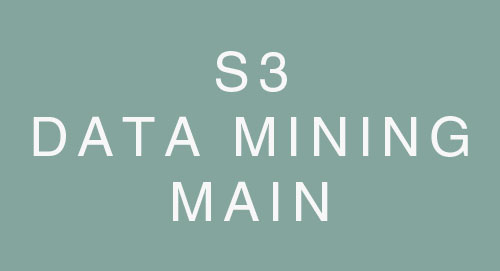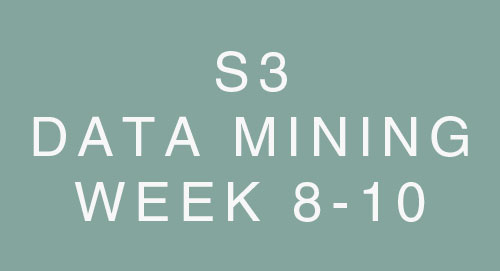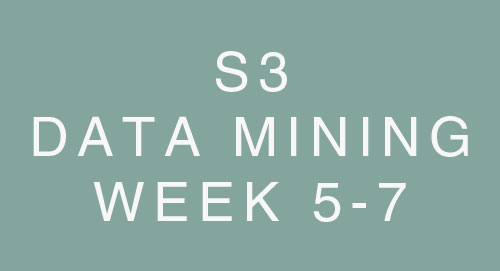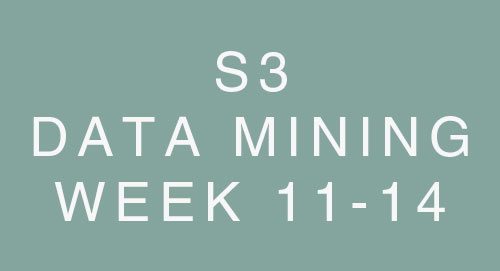Semester 3 - Python - Assignment 1
Assignment IVPermalink
Q1. What is the type of the following variable?
aTuple = ("Orange")
print(type(aTuple))
- list
- tuple
- array
- str
Answer: str
Q2. Select true statements regarding the Python tuple.
- We can remove the item from tuple but we cannot update items of the tuple.
- We cannot delete the tuple.
- We cannot remove the items from the tuple.
- We cannot update items of the tuple.
Answer: True statements: We cannot update items of the tuple. We cannot remove the items from the tuple.
Q3. What is the output of the following?
```
aTuple = (10, 20, 30, 40, 50, 60, 70, 80)
print(aTuple[2:5], aTuple[:4], aTuple[3:])
```
Answer 3: (30, 40, 50) (10, 20, 30, 40) (40, 50, 60, 70, 80)
Q4. What is the output of the following?
```
aTuple = "Yellow", 20, "Red"
a, b, c = aTuple
print(a)
```
Answer 4: Yellow
Q5. What is the output of the following tuple operation?
```
aTuple = (100, 200, 300, 400, 500)
aTuple.pop(2)
print(aTuple)
```
Answer 5: AttributeError
Q6. Select all the correct ways to remove the key “marks” from a dictionary.
```
student = {
"name": "Emma",
"class": 9,
"marks": 75
}
student.pop("marks")
del student["marks"]
```
Answer 6:
student.pop("marks")
del student["marks"]
Q7. What is the output of the following?
```
sampleDict = dict([
('first', 1),
('second', 2),
('third', 3)
])
print(sampleDict)
```
Answer 7: {'first': 1, 'second': 2, 'third': 3}
Q8. What is the output of the following dictionary operation?
dict1 = {"name": "Mike", "salary": 8000}
temp = dict1.pop("age")
print(temp)
Answer 8: KeyError: ‘age’
Q9. Write a Python program to add an item to a tuple.
Answer 9:
# original tuple
my_tuple = (1, 2, 3, 4)
# item to be added
new_item = 5
# concatenate the original tuple with the new item tuple
new_tuple = my_tuple + (new_item,)
# print the original tuple and the new tuple
print("Original Tuple:", my_tuple)
print("New Tuple:", new_tuple)
Q10. Write a Python program to convert a list to a tuple.
# original list
my_list = [1, 2, 3, 4, 5]
# convert the list to a tuple
my_tuple = tuple(my_list)
# print the original list and the new tuple
print("Original List:", my_list)
print("New Tuple:", my_tuple)
Q11. Write a Python program to reverse a tuple.
# define the original tuple
my_tuple = (1, 2, 3, 4, 5)
# create a new tuple with the elements in reverse order
reversed_tuple = my_tuple[::-1]
# print the original tuple and the reversed tuple
print("Original Tuple:", my_tuple)
print("Reversed Tuple:", reversed_tuple)
Q12. Write a Python program to sum all the items in a dictionary.
# our dictionary
my_dict = {"a": 1, "b": 2, "c": 3}
sum = 0
for value in my_dict.values():
sum += value
# print the sum
print("Sum of items in the dictionary:", sum)
Q13. Write a Python program to get the maximum and minimum values of a dictionary.
# dictionary
my_dict = {'a': 5, 'b': 10, 'c': 3, 'd': 8}
# Get the maximum value
max_value = max(my_dict.values())
# Get the key corresponding to the maximum value
max_key = max(my_dict, key=my_dict.get)
# Get the minimum value
min_value = min(my_dict.values())
# Get the key corresponding to the minimum value
min_key = min(my_dict, key=my_dict.get)
# Print
print("Maximum value is:", max_value, "with key:", max_key)
print("Minimum value is:", min_value, "with key:", min_key)
Q14. Write a Python program to get the key, value, and item in a dictionary.
# Create the dictionary
my_dict = {'a': 5, 'b': 10, 'c': 3, 'd': 8}
# Get the keys, values, and items of the dictionary
keys = my_dict.keys()
values = my_dict.values()
items = my_dict.items()
# Print the keys, values, and items
print("Keys:", keys)
print("Values:", values)
print("Items:", items)
Q15. Write a Python program to drop empty items from a given dictionary.
Original Dictionary: `{'c1': 'Red', 'c2': 'Green', 'c3': None}`
New Dictionary after dropping empty items: `{'c1': 'Red', 'c2': 'Green'}`
# Create the original dictionary
original_dict = {'c1': 'Red', 'c2': 'Green', 'c3': None}
# Create an empty dictionary to hold the non-empty items
new_dict = {}
# Loop through the original dictionary and add non-empty items to the new dictionary
for key, value in original_dict.items():
if value is not None:
new_dict[key] = value
# Print
print("Original Dictionary:", original_dict)
print("New Dictionary after dropping empty items:", new_dict)



